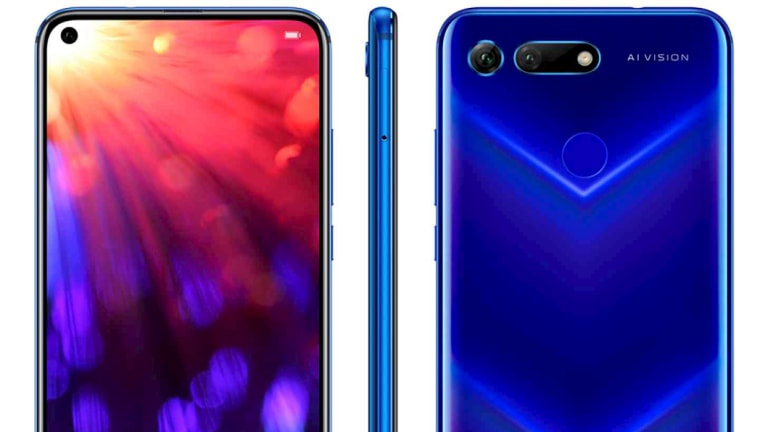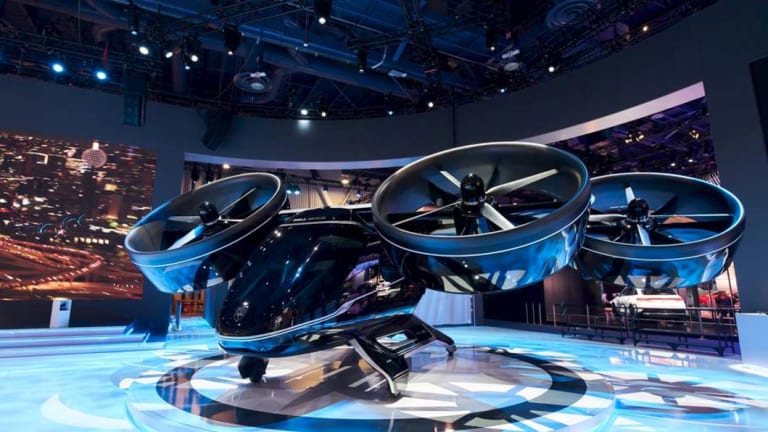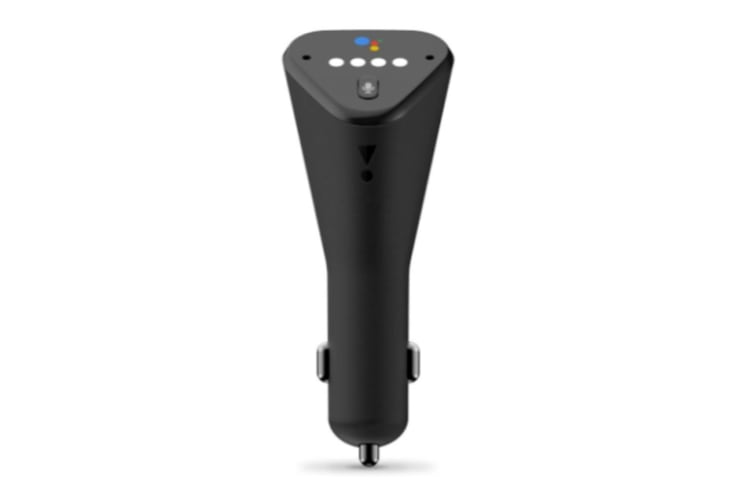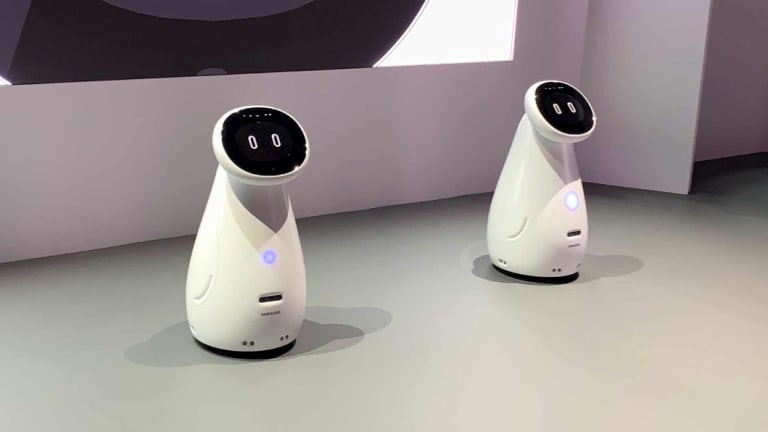The Consumer Electronics Show in Las Vegas has come and gone, but now that the dust has settled and we've had time to digest everything the show had to offer, what are the trends that will shape the year ahead in technology?
Huawei gives us a peek into the smartphone design trend of 2019
If 2018 was the year of the notch, 2019 will be the year of the hole-punch display. That's right, phone makers have finally figured out how they can eliminate bezels — without cutting out a chunk at the top of the screen — by instead carving a small hole into the corner of the screen to accommodate that all-important front-facing camera.
The Honor View 20 is the first phone with a hole-punch display.
We weren't expecting to see a hole-punch display until the debut of Samsung's Galaxy S10 in a month's time, but Huawei surprised everyone at CES with the Honor View 20 which is the world's first smartphone to feature a hole-punch display.
I went hands-on with the handset at the show and couldn't help but marvel at the engineering; which involves a complex 18-layer technology stack that carefully embeds the front camera within the display and extends the display area to almost 100 per cent. Huawei also had to apply a special technique to prevent light emitted by the display from entering the camera. It wasn't long before I forgot the cutout was there altogether and embraced the novelty of using an all-screen smartphone.
The 4.5mm hole mightn't be as invasive as the notch, but apps will still need to be updated to support this new design that no doubt will become standard as the year wears on. Huawei also gives you the ability to hide the hole-punch, placing a black bar over the entire notifications area.
We are likely to see variations of the hole-punch display from other companies that include changing the position of the hole from the left corner to the centre or right corner to figuring out a way to get the camera hole smaller.
It took us a while to get to this point, but the unsightly notch is finally behind us.
Ride sharing goes aerial
Uber proved it is on track to deliver its aerial ride share network by stunning attendees with a full-scale model of a hybrid-electric aircraft called Nexus at CES. Built in partnership with Bell Aerospace, the aircraft sports 2.5-metre articulated ducted fans, which enable it to lift off the ground vertically like a traditional helicopter before rotating 90 degrees, allowing for faster air travel. The fans rotate back into their original position, setting down gently for landing. The Nexus uses a hybrid electric power system, making it more quiet and efficient than conventional helicopters.
The Nexus aircraft from Bell and Uber.Credit:Krishan Sharma
The aircraft is able to carry four passengers and a pilot and is able to cover a distance of 240km within an hour.
While the prototype we saw at CES was non-operational, the company expects to begin flight testing the aircraft by 2023 and commence commercial operations shortly thereafter. That's assuming it can overcome the mountain of regulatory challenges and have in place the additional infrastructure required to accommodate such vehicles in the sky.
No word so far on how much it will cost customers to ride in an aerial taxi but Uber believes that it will become "an affordable form of daily transportation for the masses", with costs comparable to its car ride sharing rates.
Thr JBL Link Drive.
Thankfully, new tech is making it even easier to add some smarts to your existing car on the cheap. Both the Anker Roav Bolt ($US50) and JBL Link Drive ($US60) add plug-and-play Google Assistant to your car complete with noise-cancelling mics onboard.
Car companies were also eager to show off their lavish all-screen dashboards. Automakers argue that a bigger screen can enhance safety by providing more useful information about road conditions and also less distraction as it means drivers would no longer need to struggle through a myriad of options cluttered on a small screen.
From robot helpers to breakthrough wearables
Health tech was huge at CES with interest from startups to mainstream consumer tech companies. This also means that the sector has become a bit of a minefield, with a litany of health and wellness gadgets based on questionable science cropping up amongst some real gems.
Samsung’s Bot Care robots.Credit:Krishan Sharma
One of the highlights was Samsung's Bot Care, a nurse-like robot intended to be a companion for the elderly or anyone with a disability. In the mornings, the robot will rattle off the news and video call family members. During the day it will manage patients' health routine by monitoring sleep, measuring blood pressure and heart rate and sending that information to the doctor or keeping it stored in the cloud via Samsung Health. It will alert the user when they need to take their medicine and it can also detect when someone falls and notify a caretaker or family member.
Both Samsung and LG also had on show a motorised suit that enables wearers to lift heavy items with ease.
On the fitness side, how about a smartwatch that you'll never need to charge? The PowerWatch 2 from Matrix is the latest entry into its burgeoning smartwatch lineup that uses your body heat and the sun to keep it juiced up. Aside from the thermoelectric and solar cell technology, the PowerWatch 2 packs all of the features you would expect from any good fitness watch with a full-coloured LCD display, onboard GPS, heart rate sensor, 200m water resistance and of course the ability to respond to notifications coming from your smartphone.
Gamers rejoice: HDMI 2.1 is here
HDMI 2.1 brings much more to the table then just 8K televisions. The supercharged connector boasts a number of key features that are likely to leave gamers smiling. Higher refresh rates such as 4K at 120Hz? Check. Variable refresh rate (VRR) for smooth and stutter-free gameplay? Check. Auto low latency mode (ALLM) for cutting lag and ensuring the most responsive gaming experience? Check again.
Basically anyone who enjoys gaming on their living room TV, whether it be with a games console or PC, will benefit with HDMI 2.1, but it does mean that everything in the display chain from the television and source device to the cable itself will need to be upgraded to a version that supports the new HDMI standard.
The author travelled to Las Vegas as a guest of Hisense.
Source: Read Full Article



